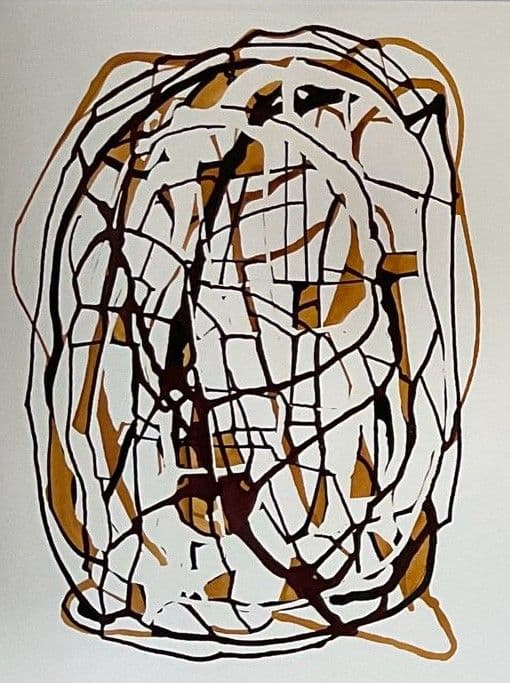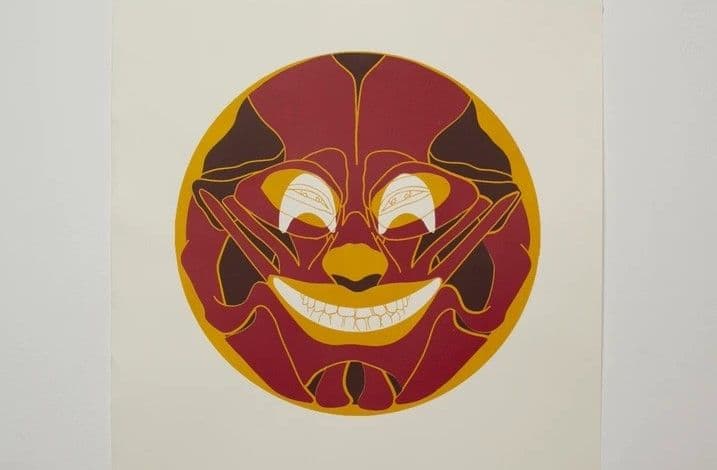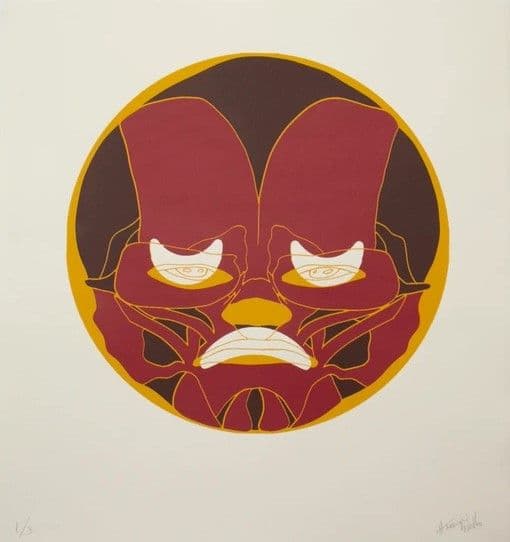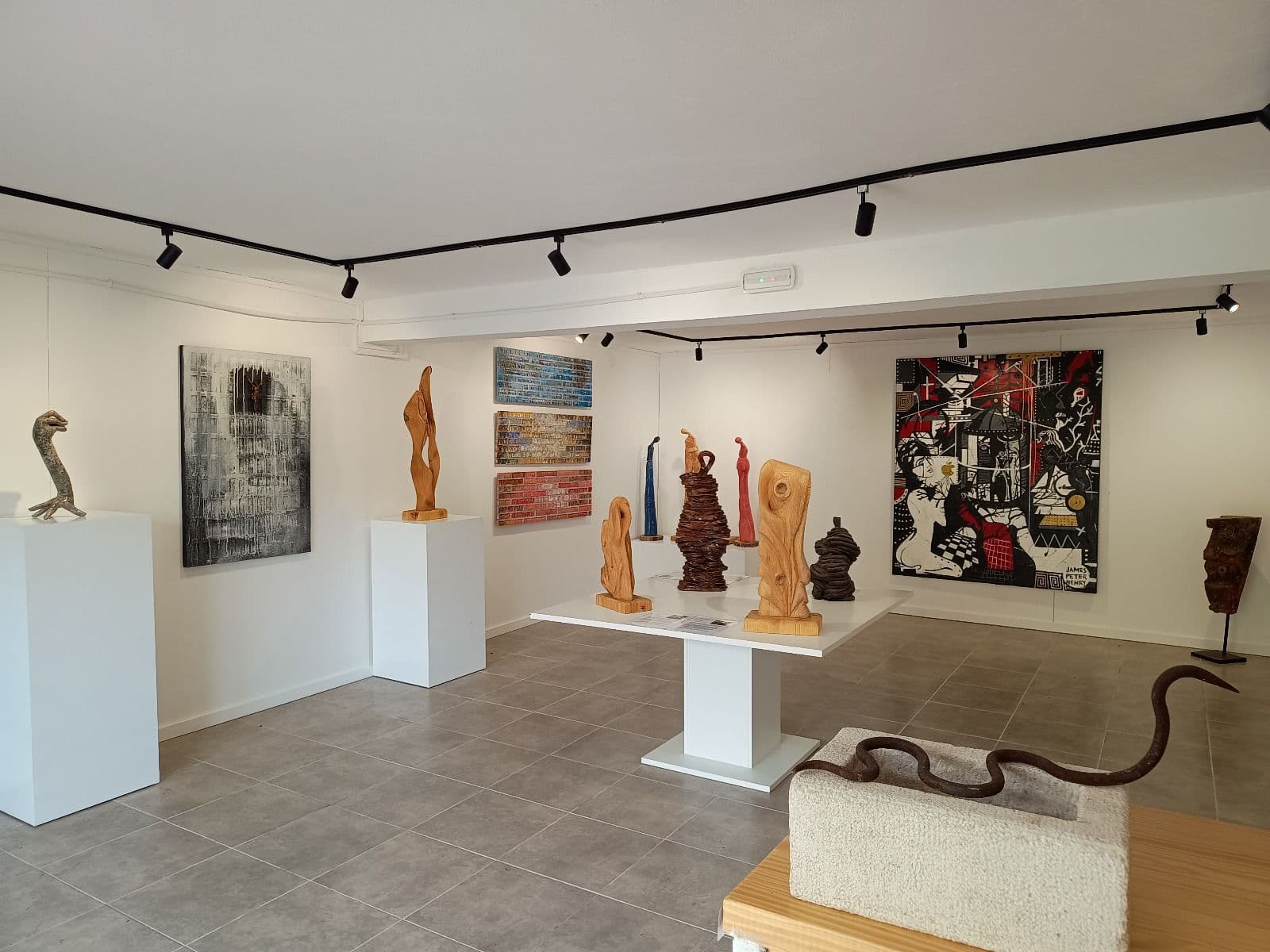
Henrique Netto’s Anatomia dos Emojis: Peeling Back the Digital Face

In a world where we learn emotion from digital screens, not human faces, Henrique Netto’s Anatomia dos Emojis performs a digital autopsy. By exposing the imagined musculature behind our most familiar icons, he envisions a future where the lines between emotion and machine, human and code, start to blur.
Peeling Back the Digital Face
In the shifting digital landscape, where even toddlers now learn to read emotions through glowing screens, Brazilian artist Henrique Netto offers a compelling meditation in his 2022 print series, Anatomia dos Emojis. Reimagining the emoji—the quintessential symbol of online emotion—Netto transforms these familiar yellow icons into anatomical studies, peeling back their simplicity to expose the muscles that might be used to create such expressions if they were real.
Part human, part digital abstraction, these prints offer not just a reimagining of the emoji, but a reflection on how the boundary between technology and emotion is dissolving—how human affect is being reshaped, pixel by pixel, into something more mechanical, more codified, and yet no less intimate.
Recent developmental studies have shown that increased screen time among young children is affecting their ability to recognise and interpret real human facial expressions, potentially leading to delays in emotional literacy and empathy. Rather than learning from the subtle dynamics of in-person interaction, many toddlers now encounter emotions primarily as static icons—fixed, exaggerated, and algorithmically rendered.
Netto’s emoji-figures are not merely symbolic—they are speculative. By exposing the muscular architecture behind a digital grin or grimace, he invites us to imagine what it would take for these icons to exist in the real world. What kind of body would be required to perform such distilled, exaggerated emotion? In doing so, he highlights a deeper cultural shift: one in which the lines between the organic and the synthetic, the emotional and the programmed, are increasingly difficult to draw.

Anatomia dos Emojis - Sad by Henrique Netto
Electro Polvo
It’s in this liminal space that Netto introduces the concept of the Electro Polvo—the electric octopus—a metaphor for a coming phase of human evolution. Here, we are no longer merely users of technology but integrally fused with it. The Electro Polvo is not a dystopian machine, nor a nostalgic human; it is a hybrid being, fluid and adaptive, networked and emotional. A new kind of self, born from touchscreens, algorithms, and neural patterns alike.
In this vision, we do not abandon emotion—we reconfigure it. As Netto’s anatomical emojis suggest, our affective lives are not disappearing but transforming, shifting into new shapes as we move toward a future where identity, connection, and feeling are filtered through code and circuitry. We are not losing our humanity, perhaps—we are reprogramming it.
Written by


Fire and Loss: Julien Dumont's Lens on a Landscape Transformed
